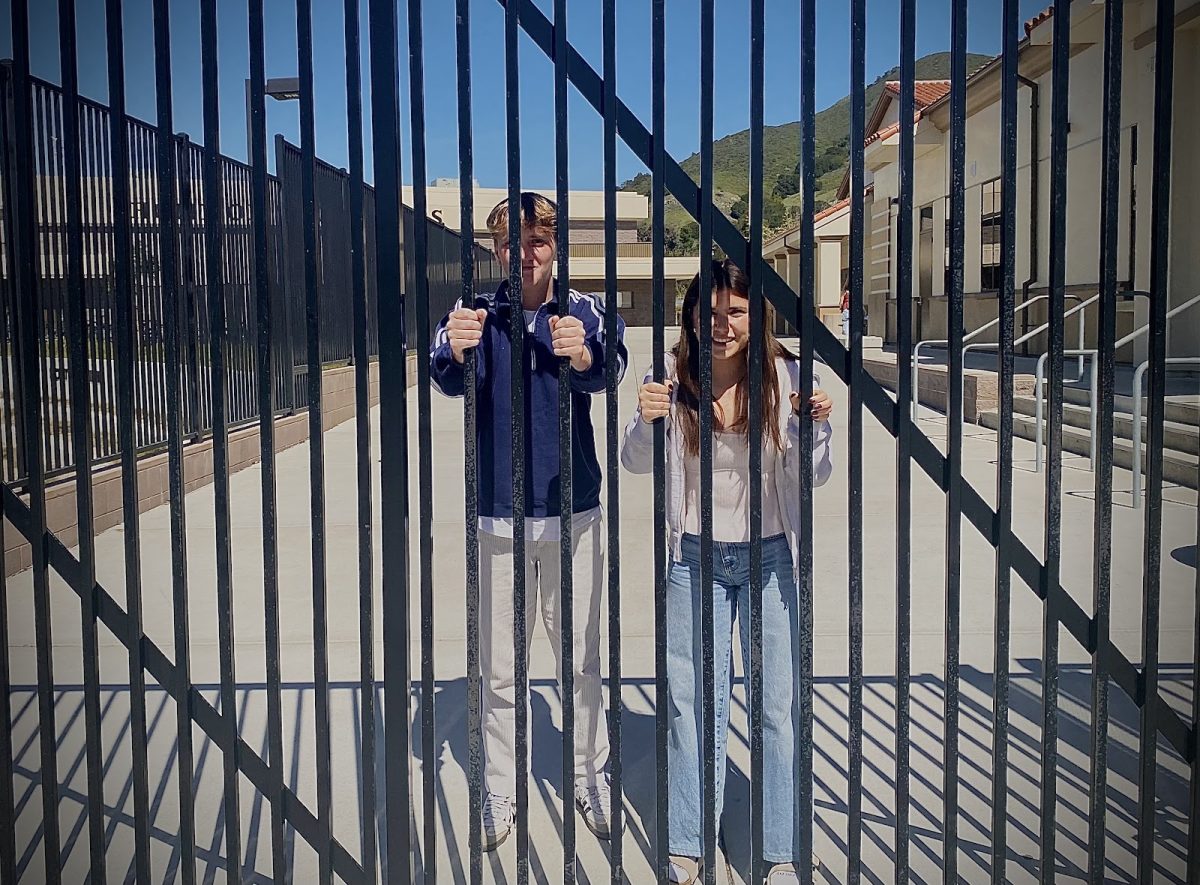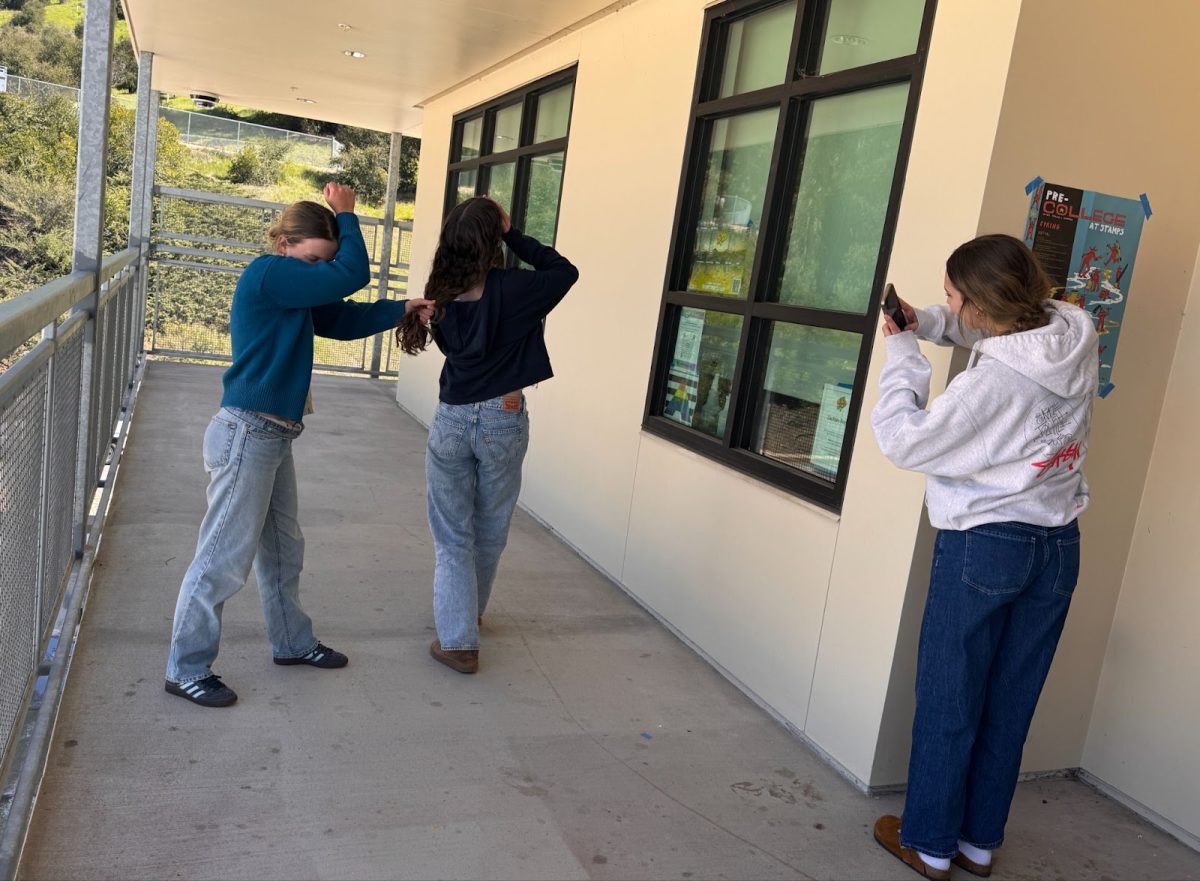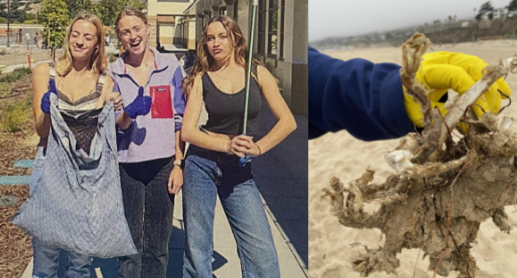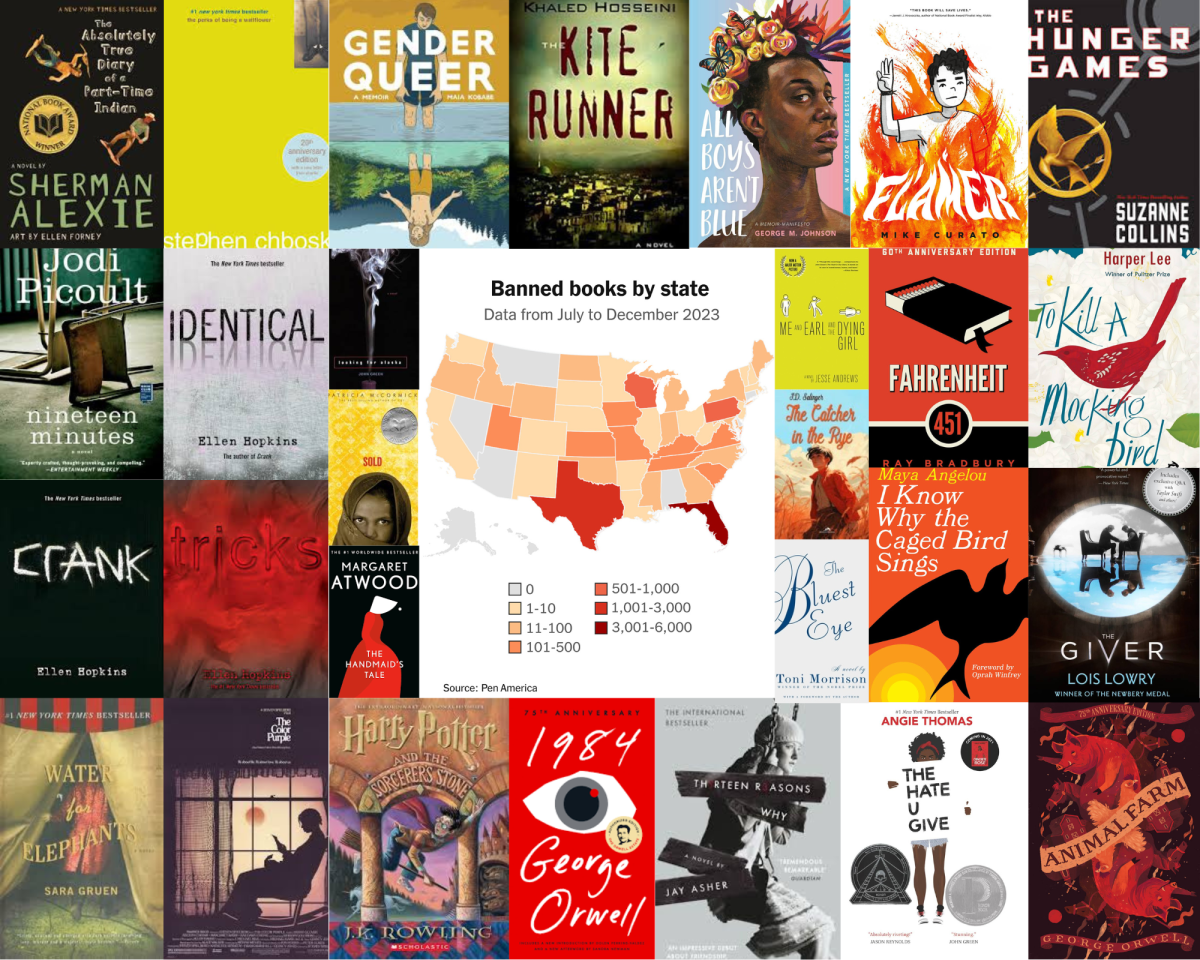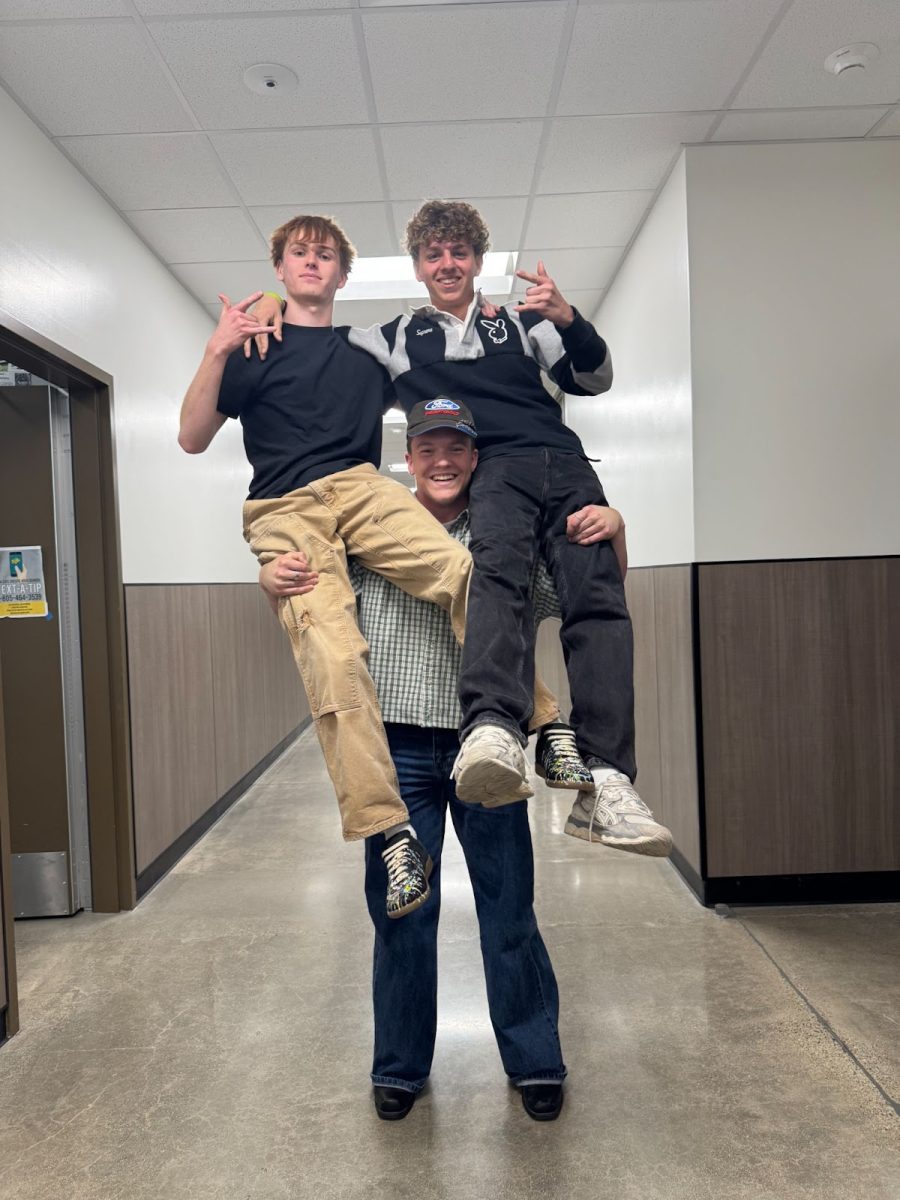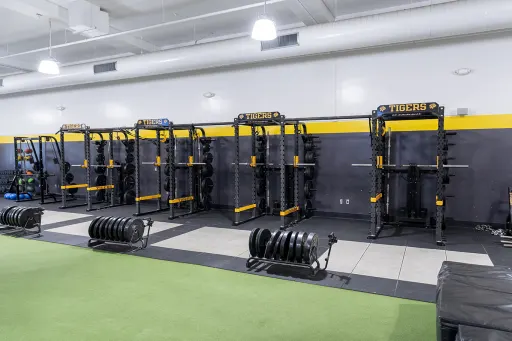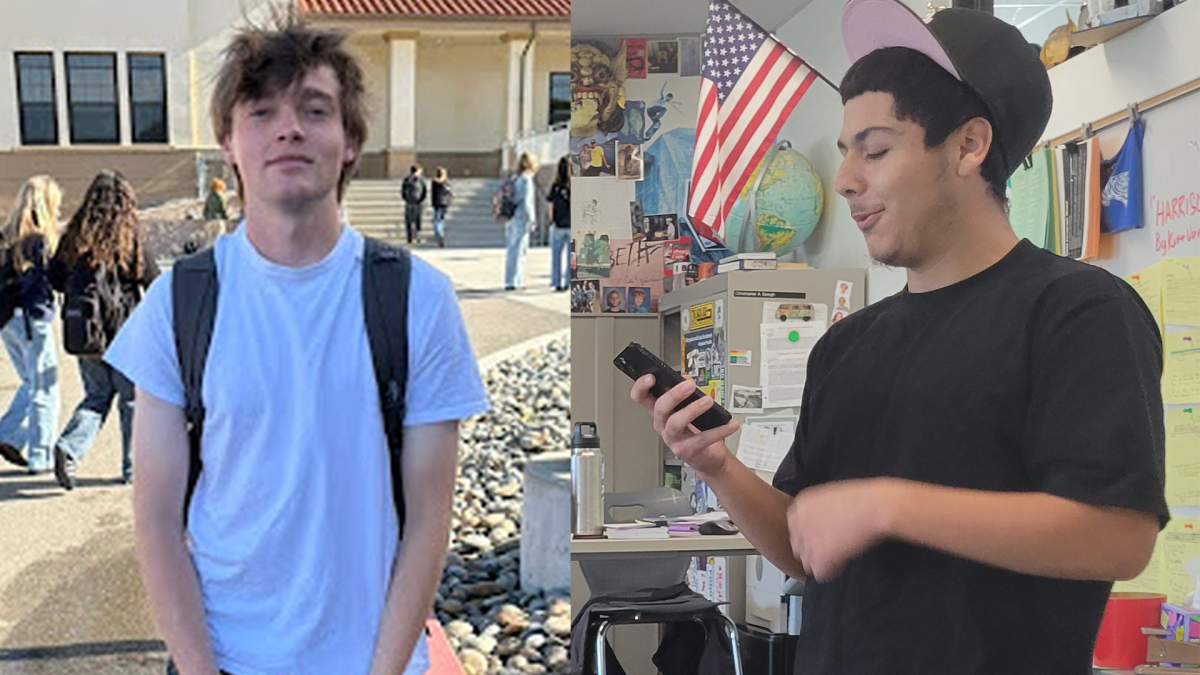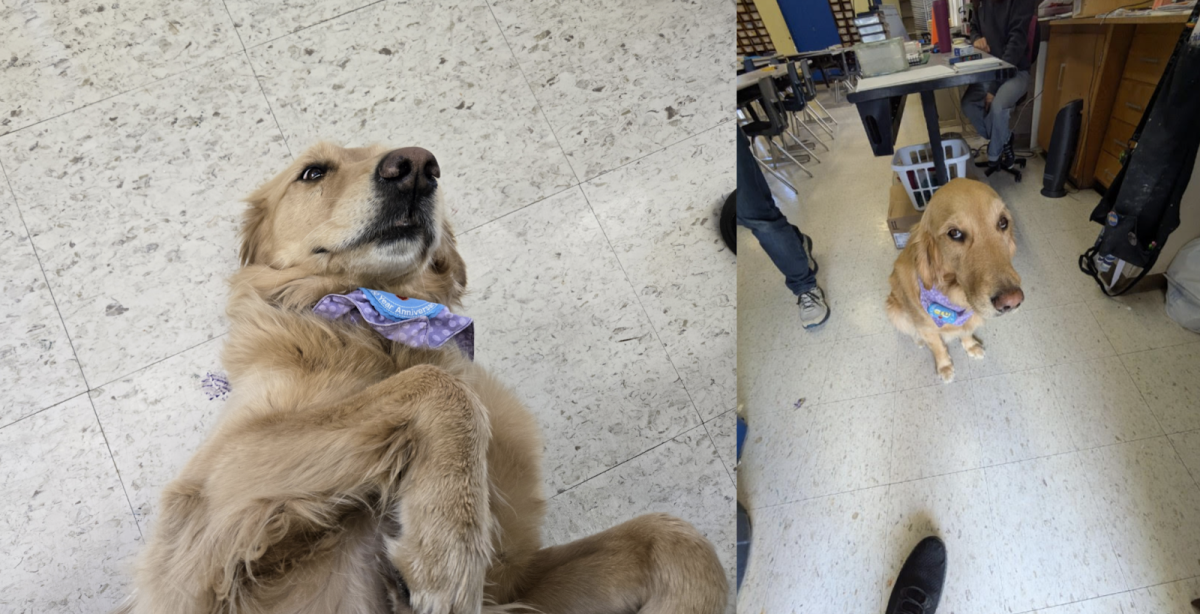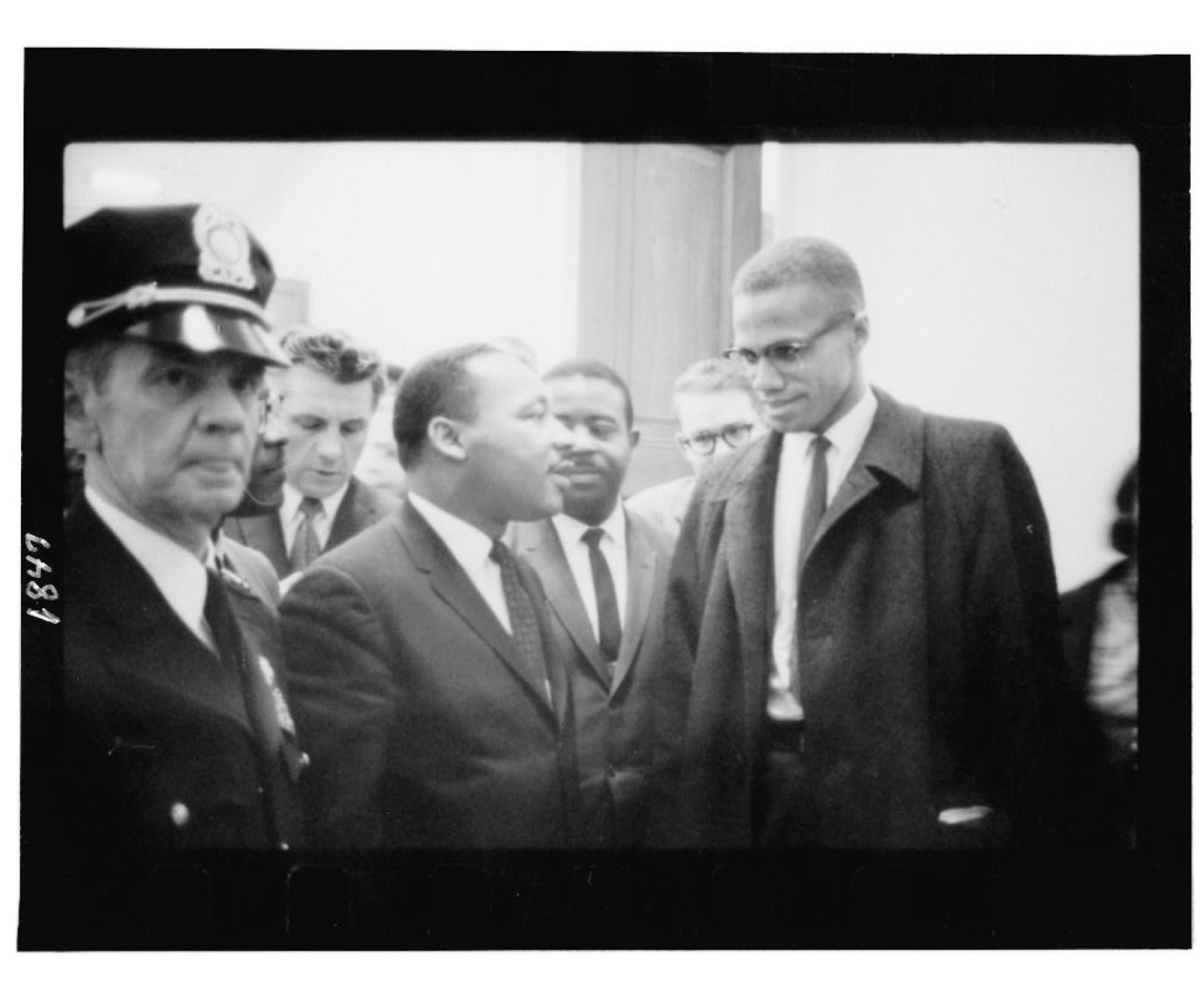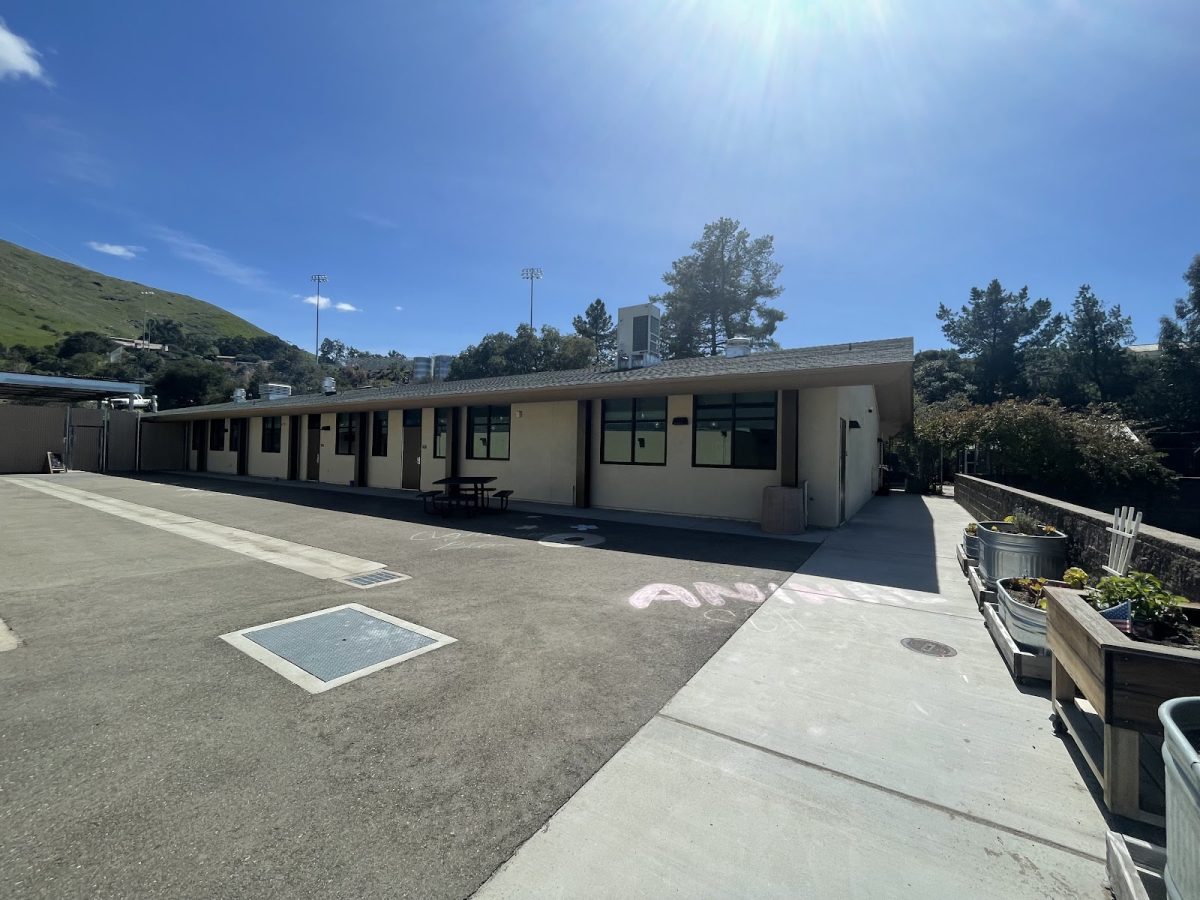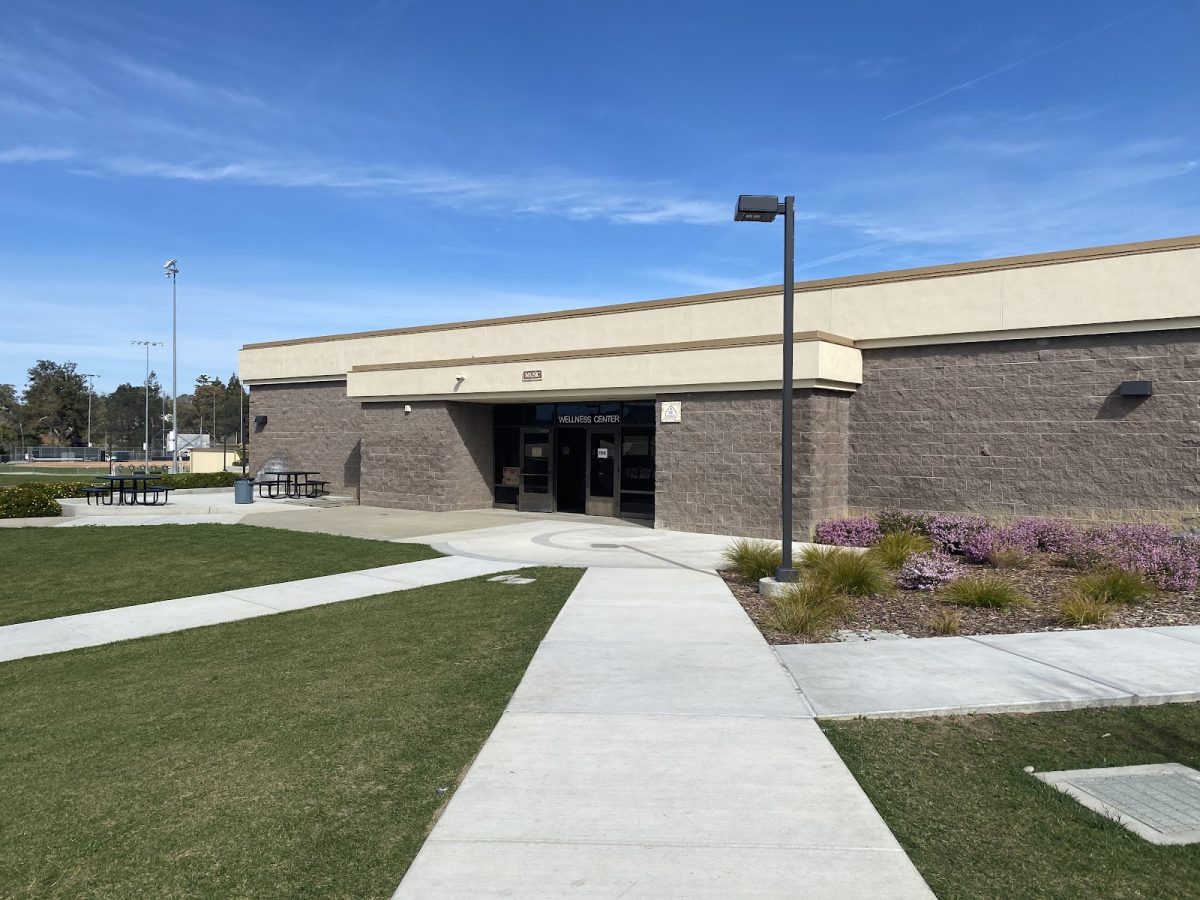Photo of AP Art History and Art teacher Amanda Bockelman’s dog Lucy. Photo courtesy of freshman Megan Elzer and Noah Hancock.
It’s no secret that students at San Luis Obispo High School love animals, many students at SLOHS have dogs, cats, rodents, birds, and reptiles in their homes. Teachers love animals as well, as it’s not uncommon for teachers to bring their pet dogs to school; Lucy, art teacher Amanda Bockelman’s dog, is just one great example.
“Lucy and I did several puppy & adult dog training classes. She then passed the AKC Canine Good Citizen Test. After that, we took the test with the Alliance of Therapy Dogs International,” said Bockelman.
Lucy has undergone training to be a therapy dog, a process that usually lasts six to twelve months. Like all service dogs, Lucy had to undergo specific training and meet behavioral standards. However, service and therapy dogs are not the same; therapy dogs provide general emotional support in public environments, while service dogs provide individual services for people with disabilities.
Service dogs can include guide and hearing dogs, which can guide either a deaf and/or blind individual, and alert dogs, which can alert their owner or family member about allergies, diabetes, and seizures. Mobility assistance and psychiatric service dogs help their owners with destabilizing disabilities while providing emotional support.
“I have therapy dogs in my animal science class. I have also seen some around SLO. I can pet Jojo, Wayne, Meli, and Mahalo anytime during class. I have asked and petted service dogs outside of school too,” said freshman Georgia Milner.
Dog’s relationships with humans are so closely intertwined; they have helped humans as sled dogs and hunting dogs, and now they take place as therapy, service, and police dogs.
Police dogs, or K-9s, are dogs specially trained to assist members of law enforcement. The most common breeds are German Shepherds and Belgian Malinois, but other breeds can be used for more specific purposes. There are two types of goals that K9s are trained for: patrol, which is officer protection, suspect apprehension, security clearance, and typical police dog stuff. Detection dogs are used for more specific cases such as narcotic and/or bomb sniffing.
According to the National Police Dog Foundation, trained detection dogs will passively sit or lay down as close as they can whenever they find a narcotic or explosive component, as it’s the easiest way for a dog to alert their handler silently.
It’s clear to see that dogs hold a special place in human history. Many students at San Luis Obispo High School love and adore dogs, no matter if they’re therapy dogs, service, K9s, or unemployed; dogs love and care for us back.
Sources: Therapydogs.com, National Police Dog Foundation.

